In the middle of the cinema sea
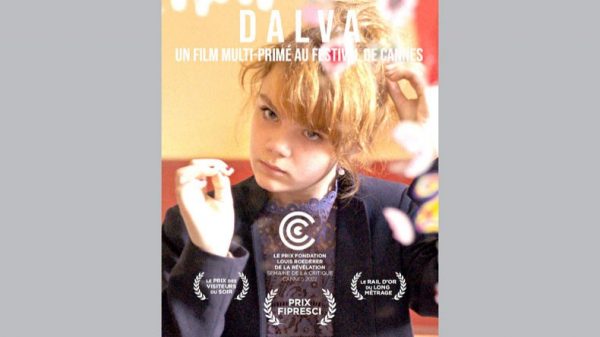
by Bidhan Rebeiro:
THE 75th edition of the Cannes Film Festival was held at a time when the people of this world had learned to live in a new normal after the Covid pandemic. Everyone already knows who won the biggest prize after the twelve-day, May 17–28, festival of world cinema. Triangle of Sadness, directed by Ruben Östlund, won the highest award out of 21 movies. The festival’s prominent jurors deemed the film as a depiction and criticism of modern-day capitalism.
In addition to the competition’s movies, various types of films are given a place in the festival, increasing its variety. There are many more branches of the Cannes Festival, such as in competition, films out of competition, Un Certain Regard, Special Screenings, Premieres, Cannes Classics, Cinema de la Plage, Cinéfondation, etc. Besides, there is also a section called Parallel, which includes International Critics’ Week and the Directors’ Fortnight. From all these categories, FIPRESCI awards films in three categories: Main Competition, Un Certain Regard, and Parallel Section. As an independent organisation, FIPRESCI, the International Federation of Film Critics, once again formed a jury consisting of film critics and journalists from different countries. The panel was divided into small groups to carry out its work. Magali Van Reeth and I were in the parallel section. We had to see 28 films in the competition. Apart from this, we have also seen films from the main competition and Un Certain Regard. I watched 37 films in 11 days. On the last day, May 28, we were occupied with the formality of the award-giving ceremony and saying ‘au revoir’ to all.
Magali and I had to discuss the films several times in different places because we had a lot of good films on our hands, and it was difficult to choose. We had to pay attention to the subject and skill of the director, to how he or she crafted and presented the issue through cinematography, editing, dialogue, sound, etc. Then, we made two shortlists. The first list included 1976, Dalva/ Love According to Dalva, El Agua/ The Water, Falcon Lake, God’s Creatures, La Jauria, Un Varón/ A Male, Nos Cérémonies/ Summer Scars, Pamfir and Metsurin Tarina/ The Woodcutter Story. Then, we cut and made our second shortlist out of these ten films. In that list, we picked three movies: 1976, Dalva, and Falcon Lake. Finally, we spent two days with the final list.
Although 1976 is made in the political context of Chile, it does not depict politics directly but rather contextualised politics with personal experience. Attempts are made to show Chile’s political instability and revolution through the eyes of a stranger. When the junta government came to power in the early 1970s overthrowing the democratic government, all political activities were banned, and General Augusto Pinochet cracked down on political activists. But this movie does not engage the political figures; on the contrary, it narrates the situation from a personal point of view. This is Manuela Martelli’s first full-length feature film. As we have seen, in the context of revolution or civil war, the expression of the individual is not a new thing in world cinema. So, we rated this film down.
On the other hand, the subject of Falcon Lake is nothing new but love and fantasy within adolescents, and then the mournful melody of death. Directed by Charlotte Le Bon, the film shows a boy in a rural setting befriending a cousin of his age and gradually becoming intimate. But this is interrupted forever when the urban boy drowns in the lake. The director’s sense of moderation is worth seeing here. She captures each scene as needed, and the dialogue is melodic. Even so, we rated this film a little behind the others because of the subject. And we picked Dalva ahead of it because of how it portrayed a sensitive issue with bravery and skill.
Belgian director Emmanuelle Nicot talks about a 12-year-old girl in Dalva. Protagonist Dalva (Zelda Samson) knows love through her father’s eyes, but that knowledge is not only wrong but also a crime in the eyes of any civilised society. Adolescent Dalva has been taught that there can be a love affair with a father, so intercourse is expected, but no one told her that it was incest and that her father is a paedophile. A neighbour reports the matter to the police, and the police rapidly take action; this is the opening scene. The picture begins with Dalva’s father getting into a scuffle with the police during his arrest. When the police send Dalva to a shelter, she still doesn’t know which love is considered normal in society, having learned to understand abnormal and perverted sex as love. Dalva escapes from the shelter to see her ‘boyfriend’ father. The victim herself does not comprehend that she is the victim of a heinous crime. Eventually, arrangements are made to meet him in prison. Dalva goes there dressed like a woman. The father then admits that he was guilty. Even then, Dalva’s love remains intact. Dalva’s behaviour startles the audience on the one hand; on the other hand, we feel challenged by how she got trapped or how her thought process was shaped by her father. The director gives the answer to this question in the film. However, it does not reduce the audience’s discomfort, but increases it.
The father’s relationship with Dalva becomes the subject of people’s lively conversations. When the matter comes to light at the school where Dalva is sent from the shelter, it becomes difficult for Dalva to continue her studies there. At the shelter dorm, Dalva befriends a girl, and has the company of others, too. With the help of these people, and centre officials, Dalva begins to enjoy a healthy life. On the one side, Dalva’s studies and therapy go on in the shelter; on the other side, her father’s trial goes on in the court. The relationship of the divorced mother with the minor Dalva becomes normal during this time. She gradually realises that she had misunderstood her mother for so long because she had been deceived by her father. Dalva learns to understand the definition of love anew.
In our society, masculinity treats women as sexual objects; when someone with a masculine mentality is attracted to children, and if it is his own daughter, the situation becomes more critical and frightening. It is not easy to describe this complex situation or to look at it in the form of a statement. However, director Nicot has done that hard work effortlessly and efficiently. Seeing this film is an experience; after watching it, you will have a lot of worries about it as it disturbs the usual thinking. And because of this quality, the film was recognised as the best in the parallel section.
At the 75th edition of the Cannes Film Festival, the winners’ names were announced by FIPRESCI at the Salon des Ambassadeurs, which is on the third floor of the main building of the Palais des Festivals. At that final event on May 28, the president of FIPRESCI, Isabelle Danel, introduced us before the audience and the press. Then, vice president of FIPRESCI and president of the 75th edition, Ahmed Shawky, gave a speech and invited us to announce the names. Magali Van Reeth and I announced the name of the winner film, Emmanuel Nicot’s Dalva, for the best film in the parallel section. This film was screened in International Critics’ Week section. Maryam Touzani’s The Blue Caftan won the prize from the Un Certain Regard section, and it was announced by Simone Soranna and Jihane Bougrine. In Main Competition, Leila’s Brothers by Saeed Roustaee won the prize, announced by Ahmed Shawky and Nathalie Chifflet.
I am sure the directors of these award-winning films will take themselves to unique heights within the next few years. Let us not forget who has received the FIPRESCI award in the past — Ingmar Bergman, Orson Welles, Jean-Luc Godard, Akira Kurosawa, Satyajit Ray, Theodoros Angelopoulos, Ken Loach, Wong Kar-wai, Kim Ki-Duk, to name a few. The work of honouring the talents of directors has been done by FIPRESCI from the very beginning. And we know Un Certain Regard and Parallel Section have been working diligently to identify talented directors at an early stage. Finding future master filmmakers in that stage is not an easy task. And jurors of FIPRESCI complete that task year after year with love, dedication, and selflessness.
Bidhan Rebeiro is a film critic, FIPRESCI jury member and editor of Cinema Darshan. He attended the 75th Cannes Film Festival as a FIPRESCI juror.



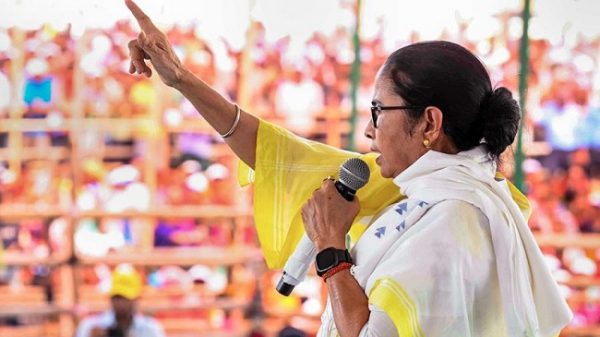
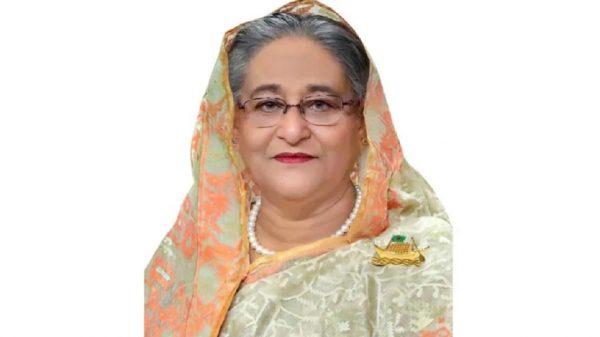

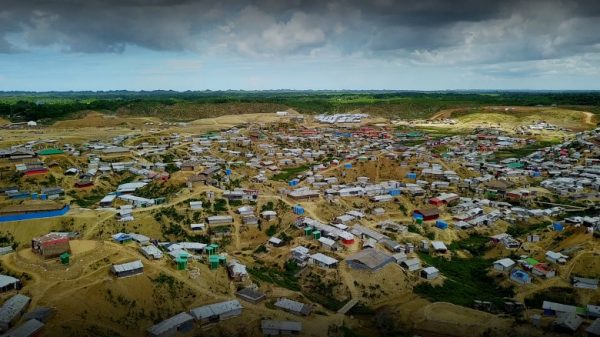


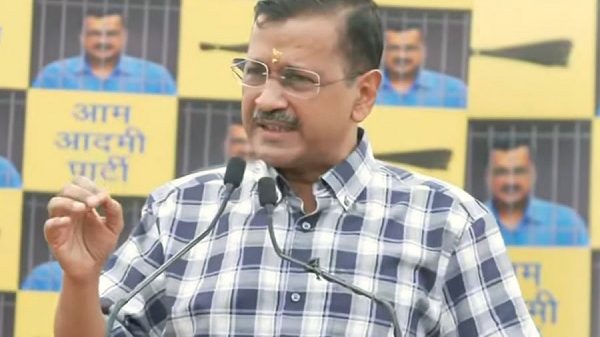













Leave a Reply